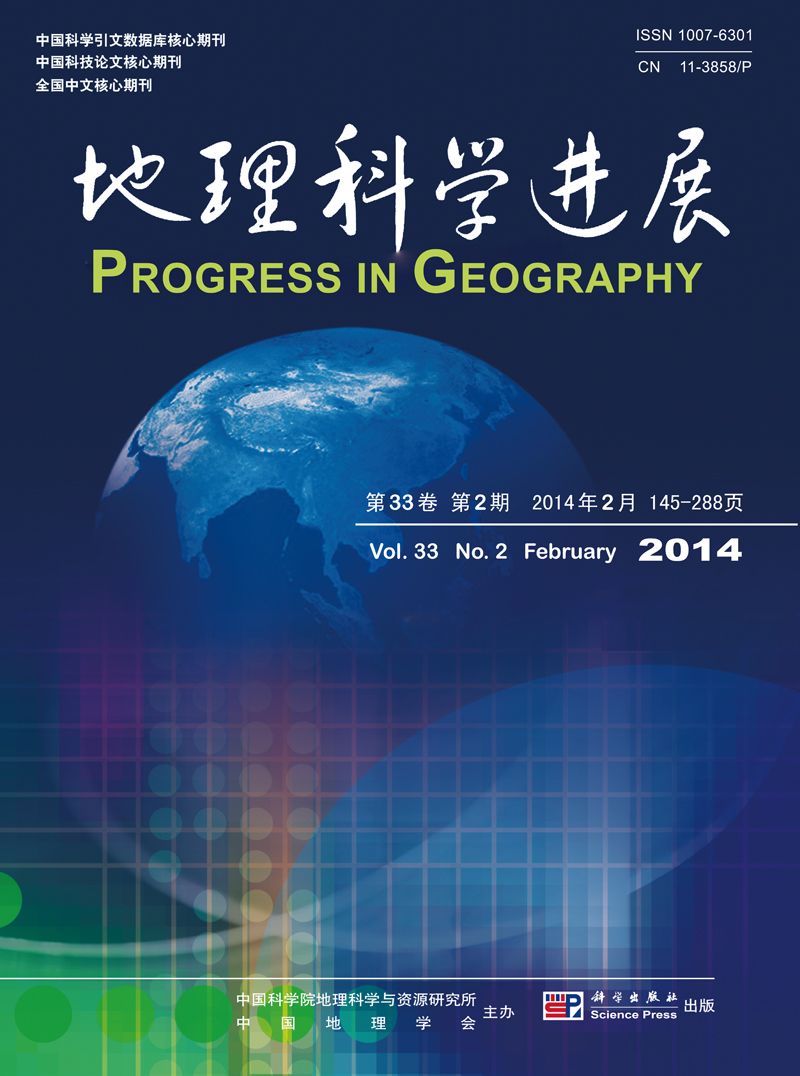Urban and Regional Development
WANG Fazeng, ZHANG Gaisu, DING Zhiwei, LIU Jingyu
Construction of economic region has become an inevitable trend as a result of the development of the country's multicentered economies, which is also an important support for the strategy of spatial development in each province. The State Council's guidance on speeding up the construction of Central Plains Economic Region (CPER), issued on September 28, 2011, clearly proposed that coordinating urbanization, industrialization and agricultural modernization is the main strategic theme, and optimizing urban system spatial layout and coordinating urban-rural development are the major tasks. Therefore, it is extremely important to integrate urban systems' spatial structures in order to achieve the coordinated development between growth pole and growth plate, center areas and peripheral areas, in CPER. In this paper, based on the theory of regional urban system organization optimization in urban geography, and using the methods of a spatial evaluation model, we did an in-depth analysis on the roadmap of the spatial organization of CPER. The results are as follows. (1) By the evaluation models of the scale strength and comprehensive development strength, the spatial organization levels of the 30 cities in CPER are calculated. Based on the principle of proportionality of spatial distribution and the evaluation results, Zhengzhou is identified as the core city of CPER; Luoyang, Handan, Xinyang and Shangqiu are considered as the regional central cities; Jincheng, Anyang city, Nanyang and Huaibei are the second-level regional central cities; other 21 cites are the local central cities; 201 counties are basic cities for promoting the development of rural areas. (2) Depending on the evaluation models of the spatial organization, such as fractal theory, buffer analysis, circle analysis, urban interaction model, and other quantitative methods, CPER exhibits basic spatial organization characteristics such as poly-center status, spheres radiation, regional group development, network trend. At the same time, the advantages and disadvantages of different urban system spatial organizations in CPER are discussed. (3) Based on the results of spatial organization evaluation models, combined with the basic model of urban spatial combination such as radial growth patterns of mononuclear, multicore balanced and unbalanced growth models, we proposed a spatial integration model for CPER, including one growth pole (Zhengzhou), four circle-layer, five regional cities, four sub-regional cites, five urban coordination region, and seven axis, and suggest that strategies are selected based on specific spatial integration models. From the perspective of best organization models and developmental trend, spatial organization of urban system approaches to promoting healthy development of new urbanization in CPER should be mononuclear unbalanced growth from the center Zhengzhou, sphere extending from Zhengbian metropolitan area to the outer layer, network development of core growth plate of urban agglomeration of Central Plains, five urban partitions including core growth plate, northern coordinated region, western coordinated region, southern coordinated region and eastern coordinated region, following the pattern of "junction cites(dot) + axis (line) + functional partition (side) + network organization". In summary, based on the analyses, we proposed the development methods and roadmaps of the spatial organization, which may predict the future direction of urban system spatial integration in CPER and can also provide support for the coordinated development of new urbanization, new industrialization and new agricultural modernization.
